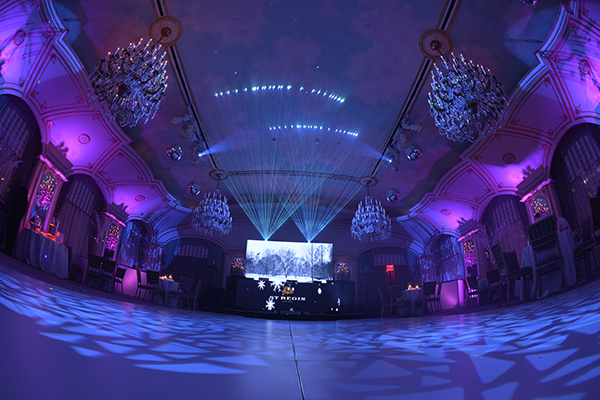Benefits of LED Display Walls Over Conventional Projection Technologies in Modern Graphic Displays
Benefits of LED Display Walls Over Conventional Projection Technologies in Modern Graphic Displays
Blog Article
Light Emitting Diode display screens have become increasingly popular in multiple settings, such as schools, businesses, and leisure locations. These advanced visual technologies offer several benefits over conventional projection technologies. Recognizing these advantages can help organizations make knowledgeable decisions about their display needs. This article will examine the key benefits of Light Emitting Diode video screens, including luminosity, visual quality, adaptability, maintenance, and power efficiency.
One of the key significant benefits of LED video screens is their brightness. Light Emitting Diode tech produces lively and radiant pictures that can be easily seen in multiple illumination conditions. Unlike traditional projectors, which can have difficulty in well-lit environments, Light Emitting Diode display walls maintain their sharpness and hue accuracy even in well-lit spaces. This makes them ideal for outdoor activities or locations with large openings. The high luminosity levels ensure that the material displayed is always clear, making it simpler for audiences to interact with the information being presented.
In furthermore to luminosity, Light Emitting Diode video walls provide superior image quality. They offer greater definition and better color reproduction compared to conventional projector systems. This means that pictures and footage displayed on an LED screen appear sharper and more defined. The pixel density of LED screens allows for near viewing without losing sharpness, which is especially important in settings like exhibition shows or conferences where viewers may be nearby to the display. Furthermore, LED technology can produce richer dark tones and more intense colors, enhancing the overall aesthetic impression.
Flexibility is another key benefit of LED display screens. These systems can be configured in multiple dimensions and shapes to fit varied areas and aesthetic requirements. Unlike traditional projection systems, which see require a particular distance from the screen to function properly, Light Emitting Diode video screens can be installed in a range of settings. They can be bent, arranged, or even used in innovative layouts to create unique visual exhibits. This flexibility allows organizations to tailor their display exhibits to suit their specific needs, making Light Emitting Diode video walls a versatile choice for any environment.
Upkeep is also a critical consideration when contrasting LED video screens to conventional projection systems. Light Emitting Diode screens generally require fewer upkeep over the years. Traditional projectors often need bulb replacements and regular cleaning to maintain optimal functionality. In contrast, LED technology has a longer lifespan and does not require regular changes. This reduces downtime and maintenance costs, making LED display screens a more cost-effective option in the long-term future. Organizations can concentrate on their displays rather than concerned about the maintenance of their visual technologies.
Finally, power conservation is an essential consideration for many organizations. LED video screens consume fewer energy compared to conventional projector technologies, which can lead to substantial reductions on power costs. This is especially beneficial for businesses and venues that operate screens for extended periods. Additionally, the reduced power consumption of Light Emitting Diode technology contributes to a reduced environmental impact, making it a more sustainable option. By choosing LED video walls, companies can benefit from premium display screens while also being considerate of their power consumption and environmental footprint.
In conclusion, LED video walls offer numerous advantages over traditional projection technologies. Their luminosity, visual clarity, adaptability, low maintenance needs, and energy conservation make them an superior choice for modern visual screens. As technology continues to advance, Light Emitting Diode display screens are likely to grow even more prevalent in various settings, providing companies with the resources they require to effectively convey and interact with their viewers.